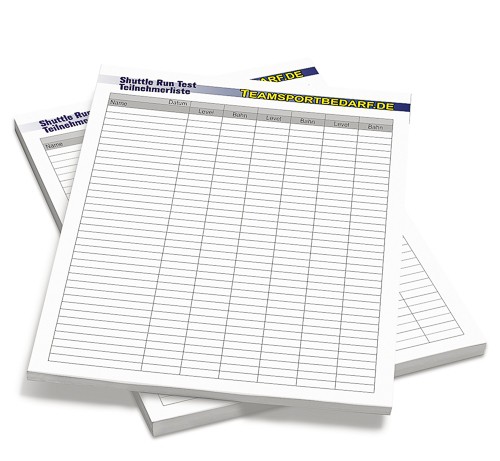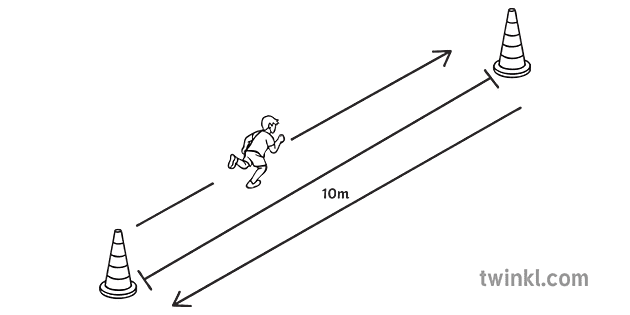
It regulates the sleep/wake system and many other functions, such as blood pressure, hormone levels, body temperature, physical performance, alertness, mood and intellectual abilities that fluctuate during the day ( Davenne, 2009). The impact of the biological clock goes beyond governing sleep and wake processes ( Van Dongen and Dinges, 2000).

Wakefulness and sleep are modulated by the internal biological clock located in the brain at the hypothalamus, and precisely, in the suprachiasmatic nuclei ( Van Dongen and Dinges, 2000).

The implication of the present study is that athletes might benefit from a nap opportunity of 25, 35 or 45 min before practice or before a competition. All participants were able to fall asleep during each nap condition with a sleep quality score of 6.9 ± 1.0, 7.0 ± 0.7, and 7.1 ± 0.8 for N25, N35, and N45.Ĭonclusion: A nap opportunity during the daytime was beneficial for physical performance and perceived exertion with the N45 being the most effective for improving performance and reducing fatigue during the 5 m shuttle run test. The mean RPE score was significantly higher after N25 (+20%) and N0 (+19%) compared to N45 ( p < 0.05). For FI, no-significant differences were observed between the three nap opportunity durations and N0. Compared to N0, the three nap opportunity durations enhanced TD ( p < 0.05) with greater enhancement after N45 compared to N25 (+8% vs. Results: BD increased after N25 (+6%) and N45 (+9%) compared to N0 ( p < 0.05) and was significantly higher after N45 compared to N35 ( p < 0.05). RPE was recorded after each repetition of the 5 m shuttle run test and the mean score was calculated. The sleep quality of each nap opportunity was evaluated using a scale ranging from 0 “no sleep” to 10 “uninterrupted, deep sleep throughout.” The four conditions were performed in a random order. Methods: Seventeen physically active men (age: 21.3 ± 3.4 years, height: 176.7 ± 5.9 cm, body mass: 71.8 ± 10.2 kg) performed a 5 m shuttle run test under four conditions: a 25 min nap opportunity (N25), a 35 min nap opportunity (N35), a 45 min nap opportunity (N45), and control condition (no-nap) (N0). Purpose: To compare the effect of different durations of nap opportunity during the daytime on repeated high-intensity short-duration performance and rating of perceived exertion (RPE). 6Activité Physique, Sport et Santé, UR18JS01, Observatoire National du Sport, Tunis, Tunisie.5Institut Supérieur du Sport et de l’éducation Physique de Sfax, Université de Sfax, Sfax, Tunisie.4Applied Physiology Laboratory, Department of Kinesiology, Health Promotion, and Recreation, University of North Texas, Denton, TX, United States.3Department of Sport Science, Integrative and Experimental Training Science, University of Würzburg, Würzburg, Germany.

2Department of Movement and Training Science, Institute of Sport and Sport Science, Heidelberg University, Heidelberg, Germany.1UR15JS01: Education, Motricité, Sport et Santé (EM2S), High Institute of Sport and Physical Education of Sfax, University of Sfax, Sfax, Tunisia.Omar Boukhris 1 Raouf Abdessalem 1 Achraf Ammar 1 Hsen Hsouna 1 Khaled Trabelsi 1 Florian A.


 0 kommentar(er)
0 kommentar(er)
